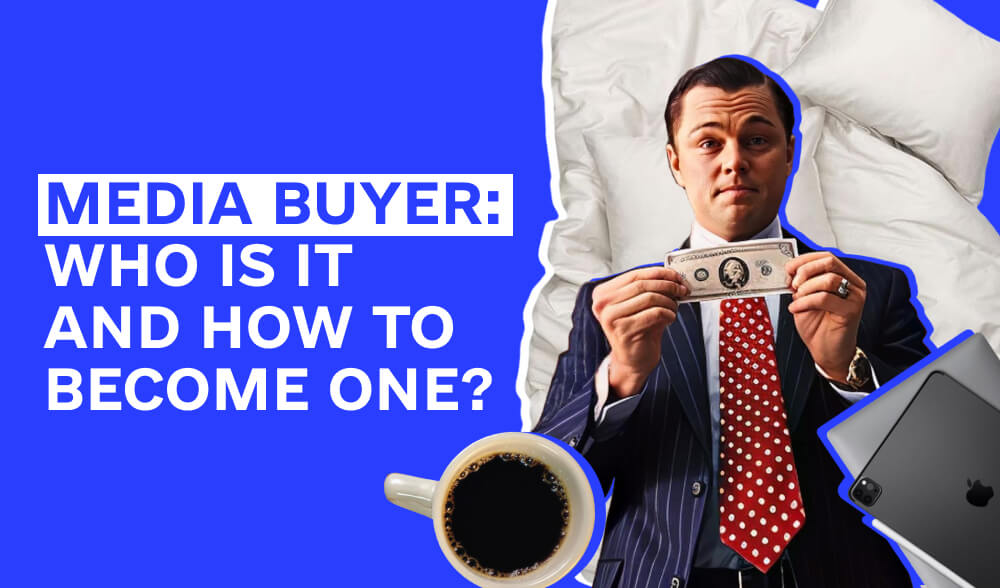Don't miss interesting news

A scenario familiar to many: you are on social media, see an ad for “TOP protein at a discount of -40%”, click, buy, and don’t even realize that at that moment, a buyer is rejoicing somewhere. A person who knows how to turn traffic into business cash.

A buyer or media buyer is a specialist who buys online advertising to attract people to a certain action: purchase, registration, subscription, etc. They act as an intermediary between the advertiser and the user: they run ads, drive traffic to the offer, and get paid for it. Its task is to earn more than it spends. And the better this ratio is, the cooler it is.
Imagine that you see a cool product on a marketplace. You run ads on it, drive traffic, and get a kickback from each purchase. You are neither a manufacturer nor a seller, but you are the reason why people buy. This is traffic arbitrage.
Elementary: businesses need customers, and buyers know how to bring them. Without them, many offers would simply make no sense because they would not be seen. Buyers are the ones who test creatives, look for connections, set up ads, and scale them. In fact, they are the engine of arbitrage marketing.
In this craft, the following is generated:
One of the typical cases:
You sign up for an affiliate program, see an offer for a meditation app: $3 for installation. You create a “before and after meditation” video and launch it.
People click, download the app, and you conditionally get $3 for each. Of course, everyone has a different percentage for their work, but the main thing is to do it well.
In the morning, I do analytics: which links are in the black, where the metrics have slipped. Then – work with creatives: testing new formats, A/B testing, audience selection. In the afternoon, we launch new campaigns, increase the budget for the ones that work, or shut down unprofitable ones. All of this is accompanied by constant communication with affiliate program managers, technical support of advertising platforms, and the team (if the buyer does not work solo).
Types of media buyers
Also, these types can be combined in a person, like a 3-in-1 mocha!

If you want to improve your skills, here is a selection of useful English-language resources:
These sources will help you to navigate the industry, find answers to technical questions, and learn how and what works in reality, not in theory.
ROI is the main indicator of profitability. If the CTR is less than 1%, the target audience may not be interested in the creative. A CR below 3% may indicate a weak target or problems with branding. EPC helps to estimate the revenue from each click.
The main thing is not to panic after the first $50 “in the red”. In the end, it will be an investment in experience (and sometimes a lesson in “how not to do it”).
Don’t think that media buying is just “just pour it in and the dollars come pouring in”. It’s more like this: you fill it up, check it, get nervous, restart it, and only then you get some profit.
If you want to start, choose one source, a simple offer, and learn to read numbers. You don’t need to have a budget in the thousands – it’s enough to have a systematic approach to get started. After all, the winner here is not the fastest, but the one who knows how to keep the pace for a long time.
